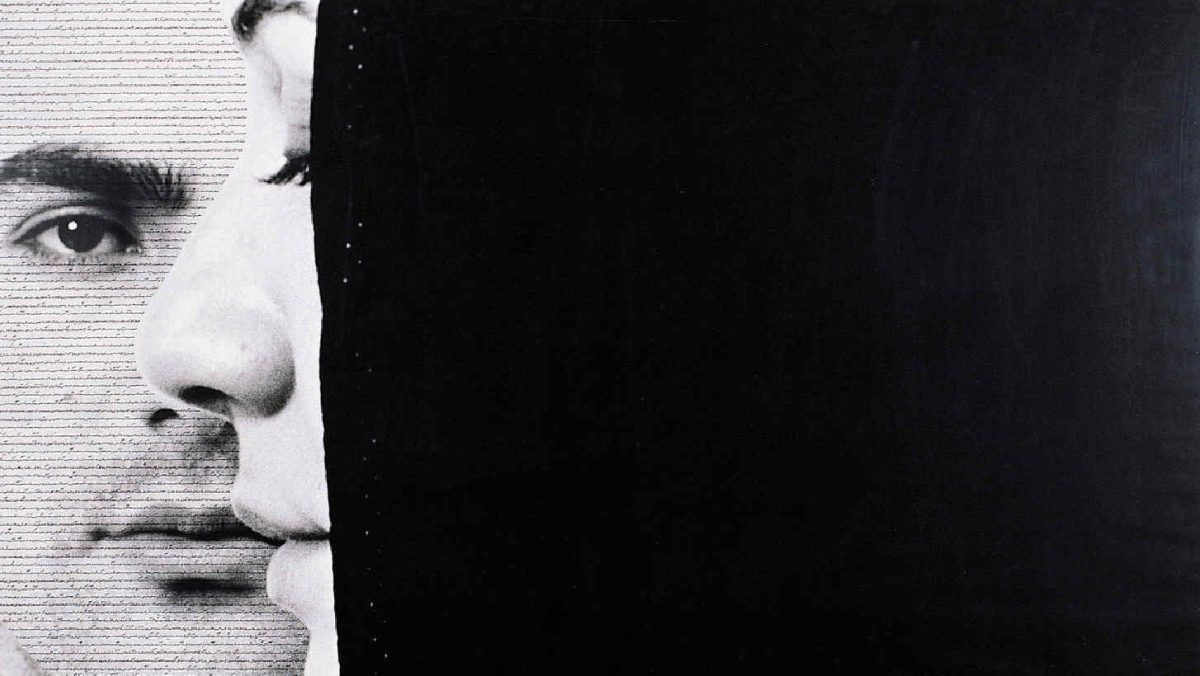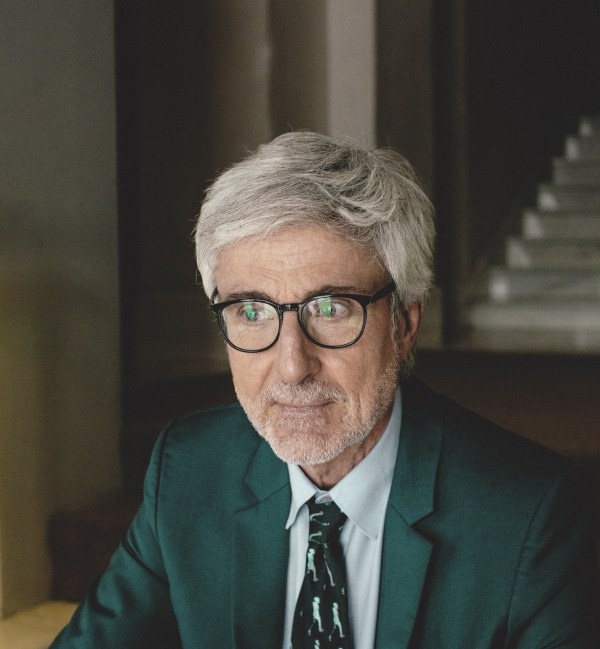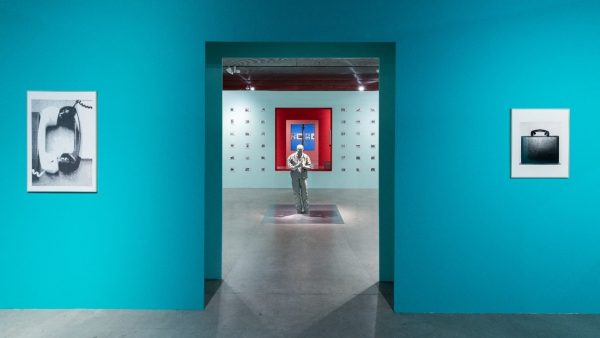Work from 1997, in which the following are very present: the intimate gaze of the author, beauty, delicacy, duality, the capture of a fragment of the body, the contrast between black and white. All of these are fundamental features of Neshat’s work, together with a main element, which is the representation of Islamic women.
On this occasion, the woman is accompanied by a man, on whose face is written a poem in Farsi. The faces are facing each other and the only possible communication is through whispers. It is up to the viewer to put words to the whispers.
About Shirin Neshat: Biography
A visual artist who, through her photographs and videos, has explored the duality between the past and the present, between East and West, between men and women, from a timeless perspective.
Shirin Neshat was born in Iran in 1957 and emigrated to the United States in 1974 to study Fine Arts at the University of Berkeley.
She returned to Iran in 1990, a reunion that meant a confrontation with the reality of the moment and the change that the country had undergone during those years due to the Islamic Revolution. Neshat’s work is closely associated with the experience she had during this visit to her home country.
The artist defines herself as extremely emotional, rational and political. She does not see these as separate spheres. The Persian people are a people of poets living under a complex political reality.
Internationally renowned, she has been awarded, among others, the the 1999 International Prize at the Venice Biennale (Leone d’Oro), the Hiroshima Museum of Contemporary Art Peace Award (2004), the Lilian Gish Prize (2006) and the Leone d’Argento for best director at the 2009 Venice Film Festival for her film Women without men.
Her work
Her work is included in the collections of institutions such as the Tate (London), the Musée national d’art moderne, Centre Pompidou (Paris), The Solomon R. Guggenheim Museum (New York) and the Museo Nacional Centro de Arte Reina Sofía (Madrid), among many others, as well as in important private collections.
From her earliest photographs, the artist has conveyed the poetry and beauty inherent in the nature of the Islamic tradition. At the same time, she reveals its political and social significance, combining poetry and political reality.
In 2013, the Telefónica Foundation, as part of the PhotoEspaña International Festival of Photography and Visual Arts, organised the exhibition: ‘Shirin Neshat. Written on the Body’.
The title perfectly identifies what is represented in the collection of images. This exhibition addresses the body as a channel of communication, as well as one of the major themes of photography since its inception.
Twenty large-format photographs and two video installations are on display. The photographs on display include ‘Stories of Martyrdom’ from the series ‘Women of Allah’ (1994); ‘Whispers’ (1997); a sample from the series ‘Rapture’ (1999); several photographs from the series “Tooba” (2002) and photographs from ‘The Book of Kings’ (2012). The videos include Zarin (2005) and Overruled (2012).
This exhibition has been particularly interesting for the artist because it contextualises her work by focusing on the body. It begins with her first black-and-white series, Women of Allah, portraits that focus on the Islamic Revolution as part of its history. It continues with the video ‘Rapto’, which is more related to themes concerning the study of Islam from a more universal, metaphorical and poetic point of view. ‘Zarin’ is a more cinematic work that serves as a transition from black and white portrait photography to storytelling and the use of colour. And finally, ‘El libro de los reyes’ (The Book of Kings), a work that returns to her beginnings with black and white works and the use of calligraphy. But this time, it tells a more recent story of Iran. A very interesting global combination of works.
If you would like to know more about this exhibition, you can enjoy the catalogue that was published for the occasion and is still available.
In 2022, the work Whispers is also featured in the exhibition organised by the Foundation: ‘Connections in the Telefónica Collection’. This exhibition seeks to establish dialogues, connect ideas and enjoy the works in the collection from a different perspective. The photograph is connected to a switchboard from 1928. In this way, the power of the language of photography, writing and voice converge.









